|
48. Cupido argiades (Pallas, 1771) / Short-tailed blue / Lycaenidae – Polyommatinae
NL: staartblauwtje / D: Kurzschwanziger Bläuling / F: argus mini-queue, évère, l’azuré du trefle
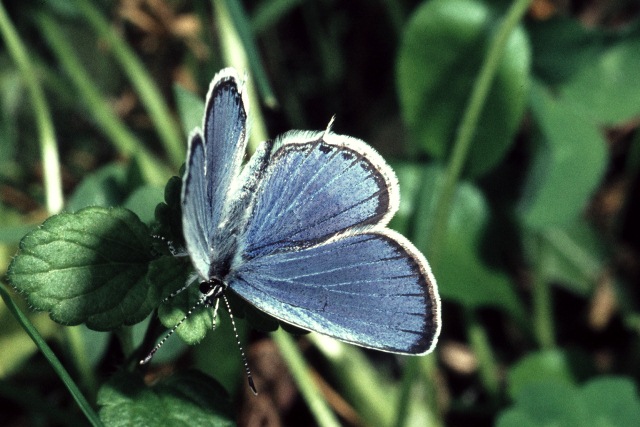 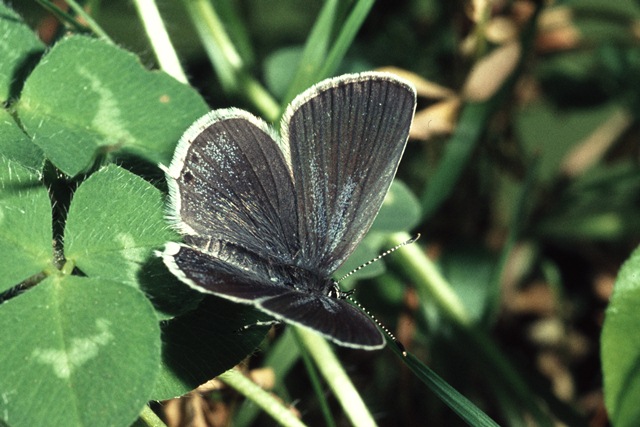 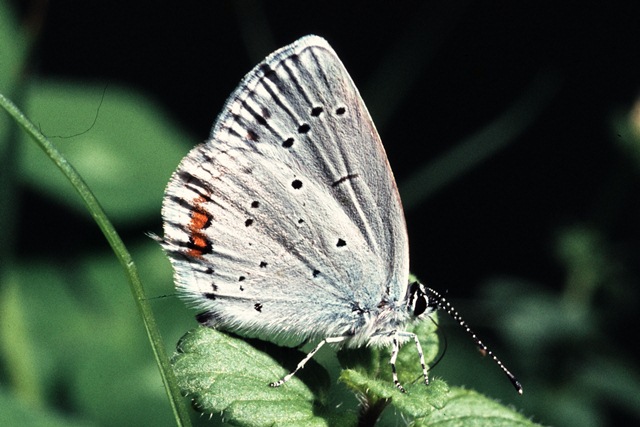
Photographs: Frits Bink ©.
Very small, wing length 11 (10-13) mm. In the Benelux the species appears irregularly, from the Netherlands recorded as a very rare stray. From 2008 the species may inhabit the south of Luxemburg and Wallonia. The species occurs often in medium tall grass vegetation in marshy places, in Bretagne on heathland, where it lives on Ulex galli shrubs.
Butterfly is on the wing from May to August and peaks mid-August. The species is known from maritime and severe continental climates, amplitude 6 to 20, required heat sum is 800°d and maximum 2000°d, corresponding climate windows are 25 and 38 weeks.
The species has a very weak brood in spring but in high summer it may be locally rather common. In the Benelux it occurs as a vagrant, in France however as a nomad for which spatial requirement is modest.
Ecological characteristics
Behaviour over time
Overwintering: fully grown larva in the litter layer.
Reproduction: oviposition starts after 6-8 days when the body contains 65 (48-82) eggs, estimated potential production 2.5 times as much.
Larval feeding periods: a three week period from May until October.
Generations: 2 or 3, depending on summer temperatures.
Spreading of risk: not observed.
Life cycle: egg 6 (5-8) days; larva 22 (16-29) days or 23 to 34 weeks in case of overwintering; pupa 13(10-16) days.
Life span of adult: rather long, 3 weeks.
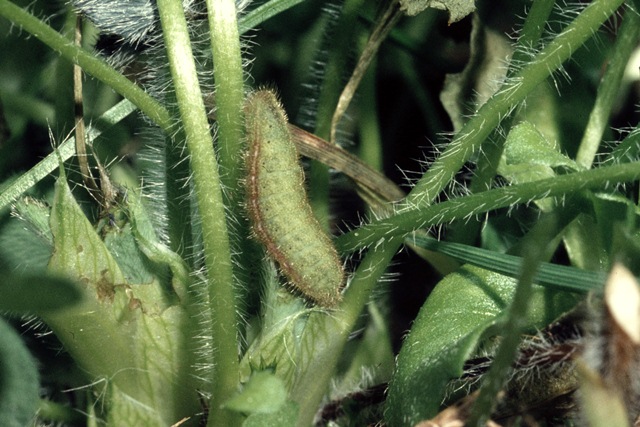 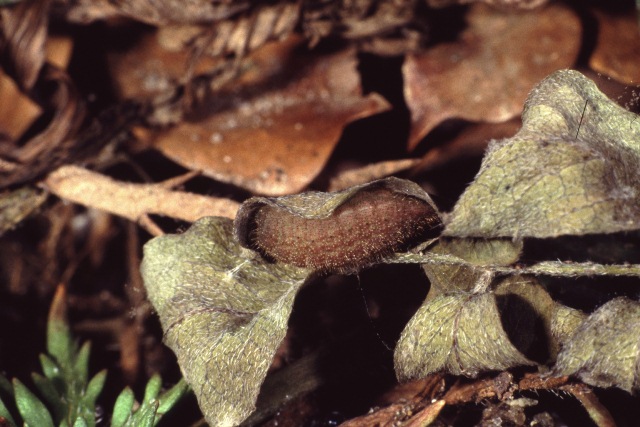
Photographs: Frits Bink ©.
Behaviour in space
From stay-at-home to migrant: vagrant in the Benelux, nomad in France.
Finding a mate: male perches most of the time.
Orientation in the landscape: marshy places, edge between tall and short grass.
Oviposition: near shoot, flower bud or sometimes on upper side of thick leaves.
Defence
Threats from other organisms: not observed.
Myrmecophily: weak, some myrmecophilous organs present.
Threats from the environment: butterflies occur mainly on moist and sheltered spots, thus vulnerable to heat and drought.
Feeding habits
Adult: nectar of small flowers, such as mint.
Larva: mines into thick leaves, bores into fruits and buds, when fully grown it consumes whole leaves.
Larval foodplants
Plant species: Fabaceae, e.g. Lotus corniculatus, L. pedunculatus, Trifolium pratense, Ulex minor, U. galli.
Journal
Rearing experiments based on specimen from Tronçais, Sologne, France:
1 September 1982: female captured.
3 September: eggs laid on the calyx of worn flowers and on flower buds of Lotus sp.
13 September: eggs hatched.
16 September: larvae end first instar, some mined into the leaf, others sat on it and ate round holes in it.
Larvae divided into 2 groups: one under 18 hours of daylight and 22-25°C the other under natural conditions:
Larvae under extra light:
20 September: larvae end second and early third instar, two larvae ate the pods.
26 September: larvae still green.
30 September: larvae nearly fully grown, about 10 mm in length.
9 October: three pupae and four larvae observed. The girdled pupae were hidden between some leaves spun together.
16 October: cannibalism had occurred, a larva had devoured a three days old pupa.
22 October: two males hatched.
23 October: two females hatched.
Larvae under natural conditions:
26 September: five larvae were eating old pods.
9 October: The larvae were all feeding and their colour had changed from green to reddish with a lateral and dorsal purple stripe. Two larvae ate the shoots as well as the seed pods of Trifolium pratense.
16 October: seven larvae in L5 had turned brown and appeared to be preparing to enter diapause.
26-10-82: the majority of the larvae were brown in colour and some had crept between wilted leaves.
Overwintered outdoors.
1 May 1983: one pupa hatched.
23 May: another pupa hatched.
Table 48-1. Results of dissections

Table 48-2. Collection and observation localities
F, Brittany, Mont d’Arrée 370 m, 48° 25’ 10”N – 3° 52’ 02”W; 18 September 1990.
F, Ligny-le-Ribault 47° 39 52”N – 1° 46’ 28”E; 3 September 1980.
F, Tronçais, Sologne, 46° 39’N – 2° 42’E; 1 September 1982.
Fig. 48-1. Cupido argiades, phenogram adapted from Ebert & Rennwald 1991a: 261.
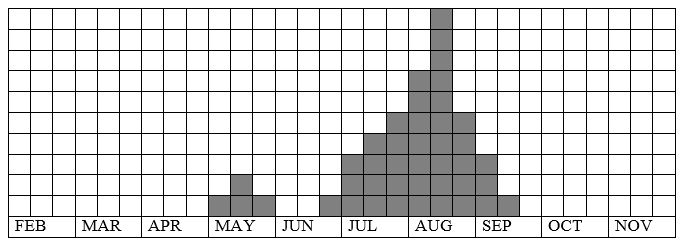
Fig. 48-2. Cupido argiades, habitat characteristics.
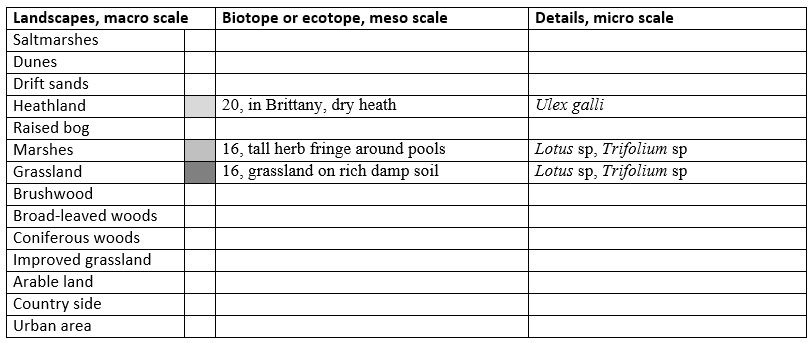
Fig. 48-3. Cupido argiades, climate matrix, heat-sums 800 - 2000°d.
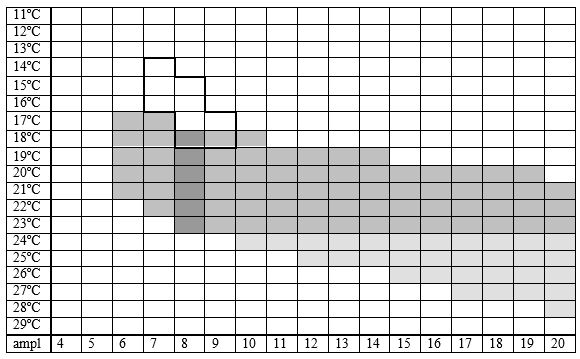
|










